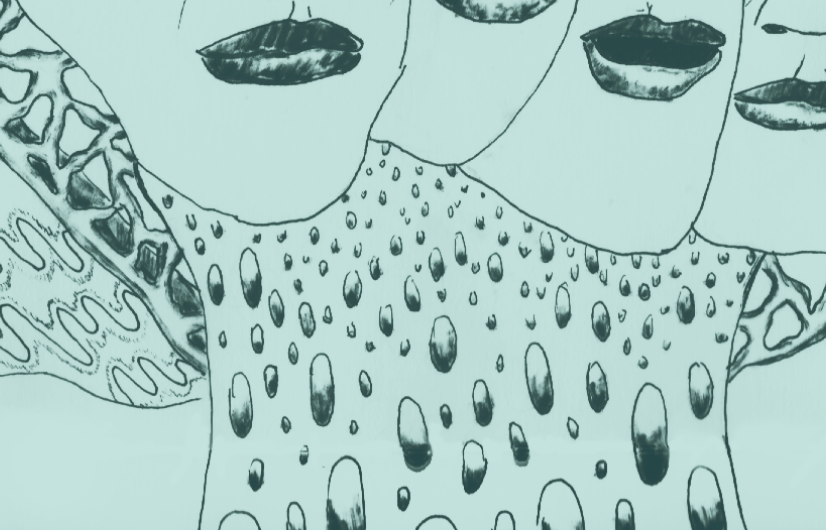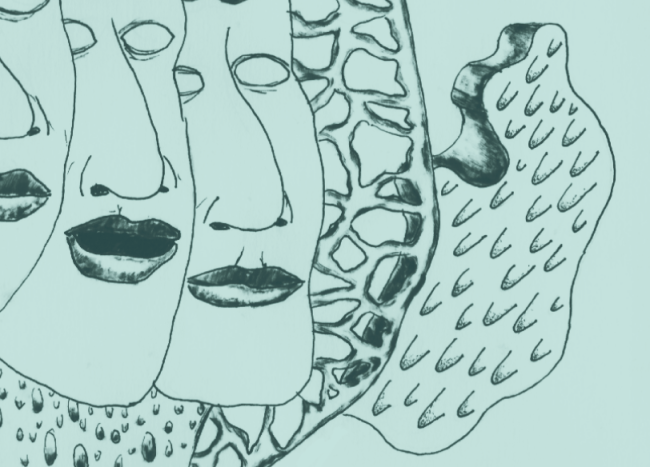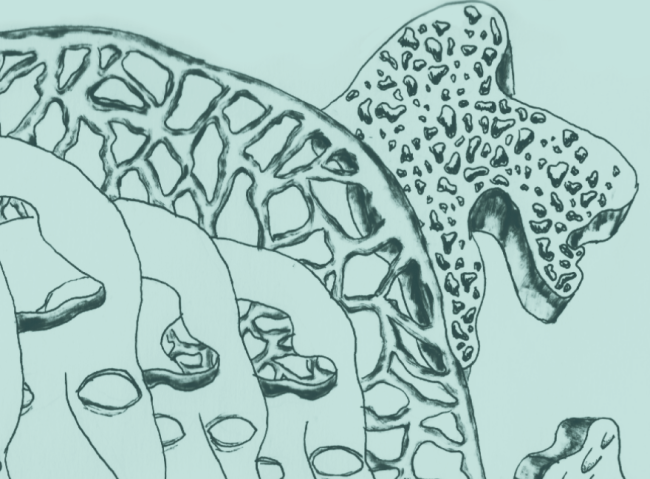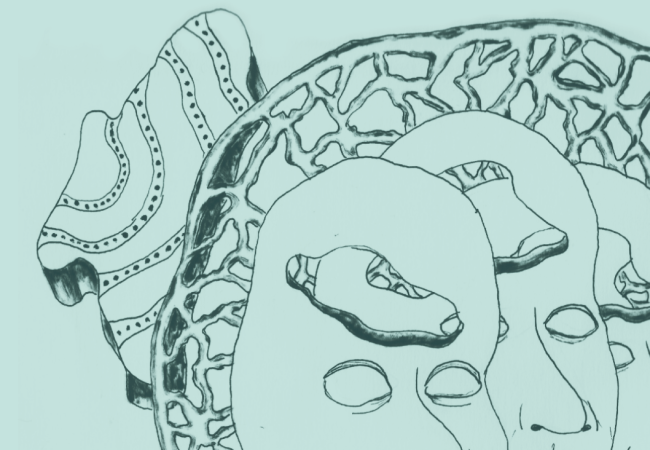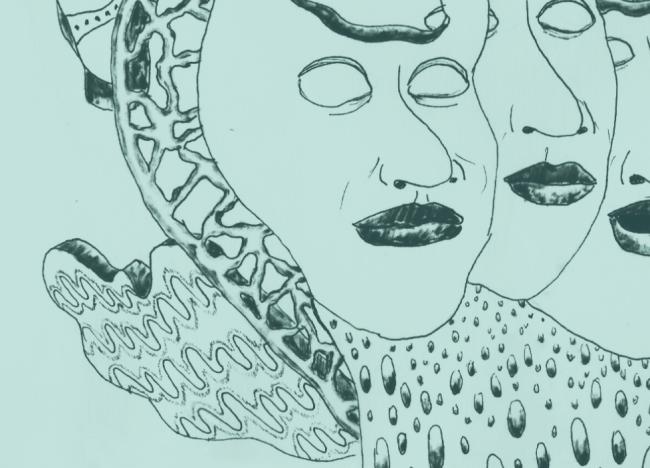5. Why so many questions?
Over the past few months, many creative processes have been stopped or interrupted. Besides the disappointment, that vacuum also led to the renewed realization that art is more than the end product. You might also think of art as an attitude, a free way of turning things around, combining elements, or a random way of dealing with knowledge. The New York-based Uruguayan artist and educator Luis Camnitzer calls this Art Thinking: art as a way of thinking and seeing, which results from the stimuli of asking questions. From this perspective, art is not reserved only for artists; it is an area where you can share questions with the audience.
That is why we asked the artists in our programme to share the questions at the basis of their projects with us. Kyoko Scholiers responded: ‘How does time affect our fragility and our strange ability to get back up again after being knocked down?’ Maria Jerez and Edurne Rubio wonder: ‘If we experience the theatre as a microclimate with a very specific set of atmospheric conditions, what kind of dialogue can we establish between us, humans, and natural phenomena?’ Bwanga Pilipili: ‘Is the imagination political?’ Or Diederik Peeters: ‘What place can we make for the incomprehensible, the supernatural – and for the ghosts that we carry with us?’
At the end of August, our autumn programme will be complete, rounded out with productions, lectures, small-scale activities…and at least as many questions, of course!
how to be many in the city? in society? in a theatre?
how to be many and have an impact?
how to be many on earth — together with other species and nature?
how to be many within ourselves?
how to give voice to many — and listen to each other?
– ESTHER SEVERI, AGNES QUACKELS & BARBARA VAN LINDT
